DIY Garden Projects for the Long Weekend
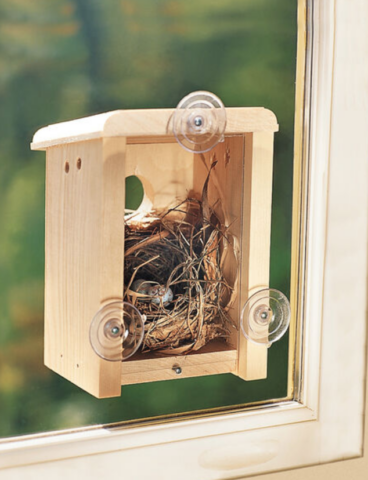 Thinking about DIY garden projects for the Memorial Day weekend? Spring gardening is a favorite recreational activity for many of us, and though we are still sheltering-in-place, there are a lot of cool backyard DIY garden projects we can do while enjoying this beautiful weather.
Thinking about DIY garden projects for the Memorial Day weekend? Spring gardening is a favorite recreational activity for many of us, and though we are still sheltering-in-place, there are a lot of cool backyard DIY garden projects we can do while enjoying this beautiful weather.
Raised garden beds
Raised garden beds are great for growing seasonal vegetables and herbs. These can be made with bricks if you have any left around the yard or with untreated, but rot-resistant wood. Raised bed kits can also be ordered online. Place them at a location where they get at least six hours of sunlight. Here is a good resource for DIY garden beds.
Bird houses
Bird houses in the backyard are a nice way to attract small birds like robin, bluebird, wren, sparrow, and swallow. Bird houses also help some bird species thrive by providing a safe shelter from other predators. Find out more about placing bird houses here.
Arbors and trellises
Arbors and trellises make a beautiful feature for any backyard or front yard. Arbors create an inviting entrance and can highlight a special part of your garden. Trellises can offer support to pretty flowering creepers or vegetable plants. Learn more about how to install garden arbors and trellises here.

 Hello Almaden families! Hope you are all safe and sheltering in place right now. We are all facing a tough situation, but it need not be completely frustrating. We can use this opportunity to get a lot accomplished around the house and in the backyard garden, along with some great family bonding time.
Hello Almaden families! Hope you are all safe and sheltering in place right now. We are all facing a tough situation, but it need not be completely frustrating. We can use this opportunity to get a lot accomplished around the house and in the backyard garden, along with some great family bonding time.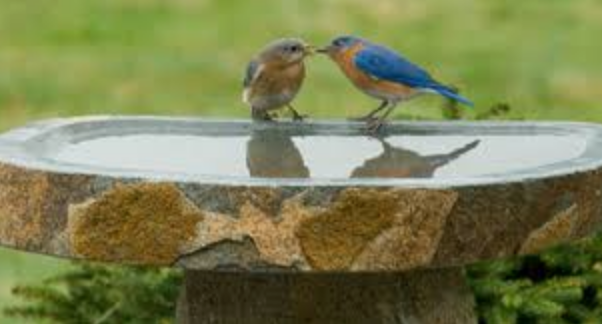 It’s the end of January, and while there’s still a chill in the air, it’s also the time to begin working in the yard and garden so you can welcome spring in all its splendor. Here are some essential ‘welcome to spring’ tasks that you can tackle right now and enjoy your garden for months to come.
It’s the end of January, and while there’s still a chill in the air, it’s also the time to begin working in the yard and garden so you can welcome spring in all its splendor. Here are some essential ‘welcome to spring’ tasks that you can tackle right now and enjoy your garden for months to come.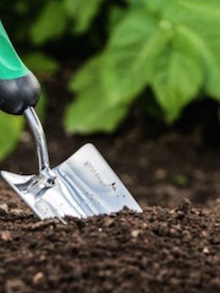 Spring Gardening
Spring Gardening 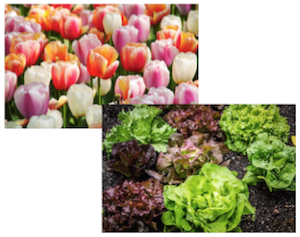 How Does Your Garden Grow?
How Does Your Garden Grow?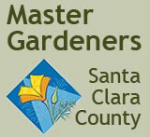 Learn from
Learn from  Gardening year round is easy and rewarding in our mild climate here in Almaden Valley. Learn from
Gardening year round is easy and rewarding in our mild climate here in Almaden Valley. Learn from 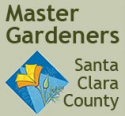 Attend Growing Fruit Trees & Berries presented by the
Attend Growing Fruit Trees & Berries presented by the 